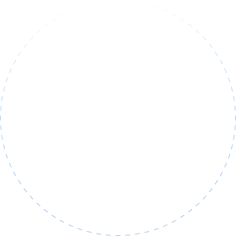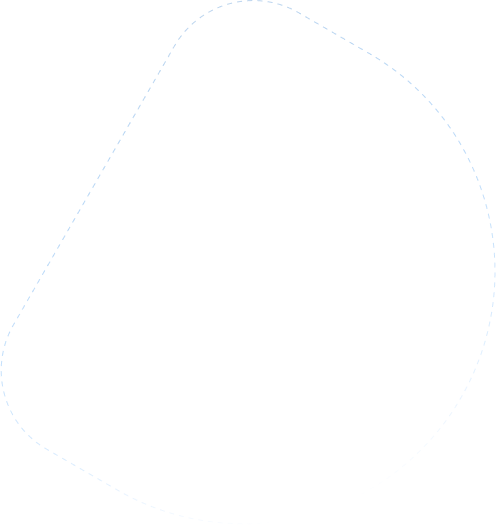What is Chapter 13 Bankruptcy?
In a nutshell, a Chapter 13 bankruptcy is a type of comprehensive repayment plan. As part of the repayment plan, debtors can take between three and five years to pay off their unsecured debts – such as credit card debt – without having to pay any interest on the debt.
The exact amount of a debtor’s payments will depend upon their income and what they can afford to pay at that time. A formula of income minus expenses is used to calculate this number. Under federal bankruptcy law, however, the period of repayment can never exceed five years. Moreover, creditors cannot seize the debtor’s assets during the repayment plan period.
What debts can You Have discharged?
As part of a Chapter 13 bankruptcy repayment plan, you can discharge several types of unsecured debts. Unlike secured debts and transactions, an unsecured debt is not tied to some type of collateral, like a house, car, or other asset. Chapter 13 bankruptcy can be used as a means of discharging the following debts:

Unpaid medical bills

Old tax obligations

Credit card debts

Personal unsecured loans

Lawsuit Judgements

Contractual Obligations
The amount that you ultimately pay will depend upon your income and liabilities.

Individuals Who Have Regular Income

Parties Able to Satisfy the Repayment Plan

Applicants with Income to
Pay Unsecured Creditors
Who Can File Chapter 13?
For a debtor to qualify for Chapter 13 bankruptcy, they must first meet several requirements.
First of all, they must have sufficient income. Specifically, they need to have regular income from a job or some other source to pay for their expenses.
Next, they will need to have enough income to satisfy their repayment plan – and to make their payments to both priority creditors and to unsecured creditors pursuant to federal bankruptcy law.
Finally, to qualify, a debtor must have sufficient income to pay unsecured creditors at least one-half the value of their property which is non-exempt from bankruptcy.
Advantages & Disadvantages
Disadvantages
- Your plan, and therefore your debt, last 3-5 years.
- You don’t receive a discharge for 3-5 years.
Advantages
- After your repayment period ends, any unpaid debt is eliminated, tax free
- Creditors must comply and harassment will stop upon filing
- Attorney fees will be paid through the plan
- You lose no assets – exempt or non exempt
- Protects co-signers
- Helps prevent foreclosure and repossessions
FAQs
A Chapter 13 bankruptcy allows you to embark on a three-to-five-year repayment plan – based upon your income – after which time your remaining debt will be subject to a complete discharge.
Once you file for Chapter 13 bankruptcy, activities by creditors – including collection agencies – are legally required to stop. You will then begin your repayment plan according to the terms which you have set, in consultation with your bankruptcy attorney.
Credit reports are one tool that lenders use to assess your loan worthiness. A Chapter 13 bankruptcy filing must drop off your credit report within a period of seven years after you filed.
The usual attorney’s fees for a Chapter 13 bankruptcy filing range from $3,500 to $5,500. The exact amount of the fee will usually depend upon several factors, including the knowledge and experience of the lawyer who’s handling your case.
The process begins when you meet with a lawyer who will fill out the paperwork and help you develop a plan. After discussing the plan particulars with the bankruptcy trustee, a court will approve your plan, and you can start making your payments on a monthly basis.
Student loans include a principal portion and interest that must be paid on the loan principal. A Chapter 13 bankruptcy may allow you to discharge student loan interest. You can do this without the need to prove hardship.
There is no period of time that you must wait to file for Chapter 13 bankruptcy following a previous bankruptcy filing. However, you generally cannot file during the three-to-five-year repayment plan.






